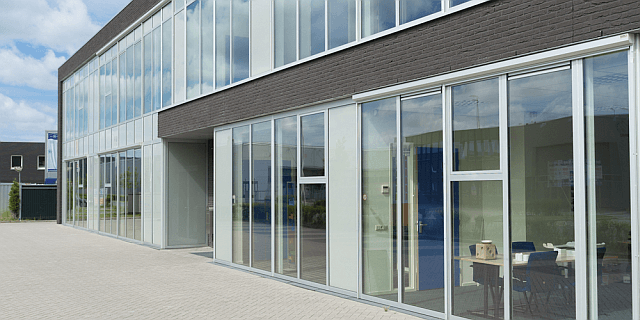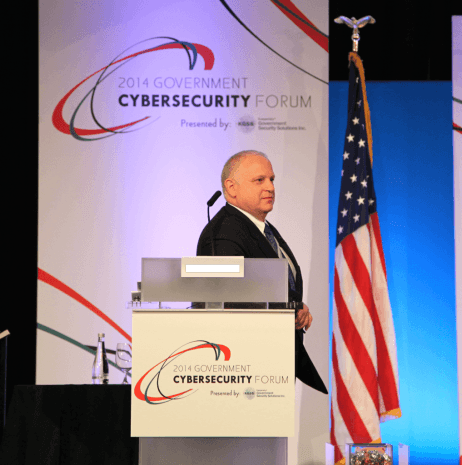
A legacy bug in a legacy code: today’s problem
Microsoft has patched yet another bug in OLE, this time one that’s 19-years-old. While it is extremely surprising this bug hadn’t been discovered earlier, the crucial question here is the use of the underreviewed legacy code that developers have to drag along for decades.
 Cybersecurity
Cybersecurity

 cloud service
cloud service
 BlackEnergy 2
BlackEnergy 2
 cyberattacks
cyberattacks




 cyber-resiliency
cyber-resiliency
 mac os x
mac os x






